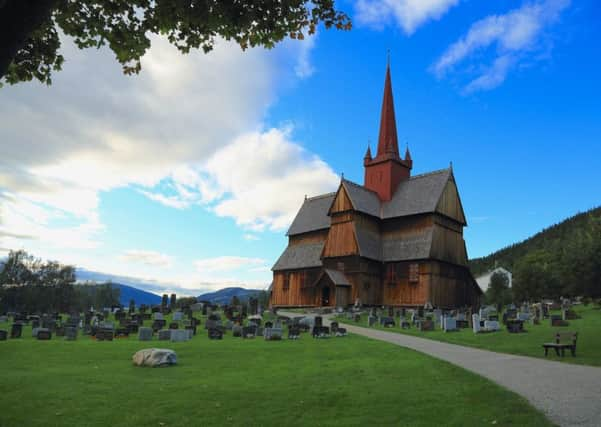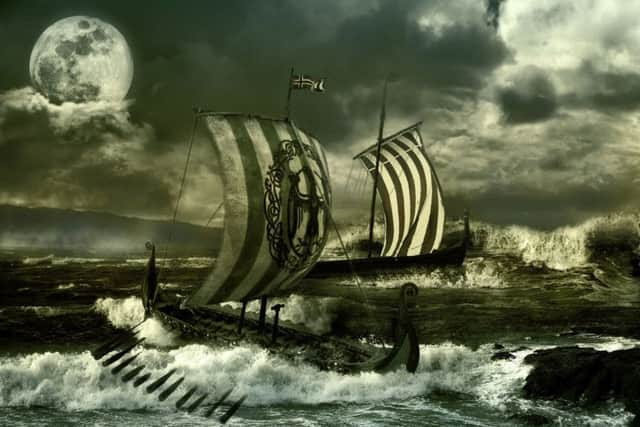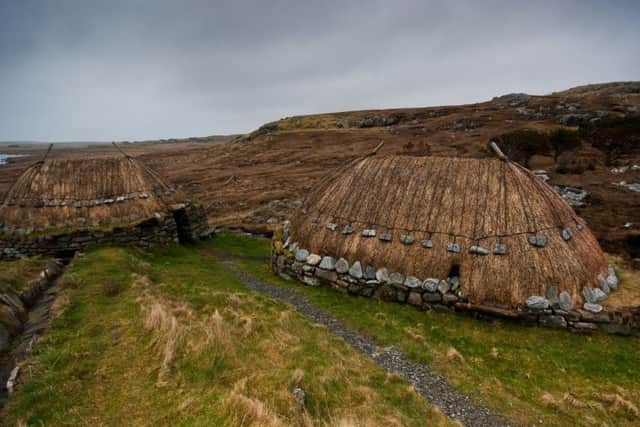When Hebrideans were offered a new start in Norway


The Treaty of Perth ended the long-fought territorial conflict with the Hebrides first colonised by Vikings trying to flee King Harald’s rule in the late 800s.
By the 13th Century, Alexander III of Scotland and Magnus of Norway were keen to expand territory and end the hostilities which had engulfed the rule of their forefathers.
Advertisement
Hide AdAdvertisement
Hide Ad

In 1266, Scotland paid Norway 4,000 merks to secure sovereignty with a further 100 Merks to be paid every year.
The treaty also offered those living in the Hebrides the opportunity of moving to Norway, if they so wished.
Dr Mary MacLeod Rivett, a specialist in Viking and Norse archaeology at the University of the Highlands and Islands, said several prominent islanders made the move.
She said: “Unfortunately, the period around the Treaty of Perth is one for which there is little surviving documentation in the West.


“We don’t know how many people left the west coast and islands for Norway, though some of the family of the MacDonalds, Lords of the Isles, did.
“The fact that members of this elite family left, suggests that there may have been other, undocumented, families who either left with them, or independently.”
She said the transition from Norse to Scots leadership was likely to have been “fairly smooth” given that most of the big families stayed.
Advertisement
Hide AdAdvertisement
Hide Ad

Dr MacLeod Rivett has studied changes in material culture, such as houses and pottery, to determine the impact of the Vikings’ arrival in the Hebrides and their departure after the 1266 treaty.
She said: “In the 9th century, incoming Scandinavians in the Outer Hebrides moved into a settled landscape at odds with their religious, ethnic and cultural identities. They named it, occupied it, managed and buried in it for over 450 years,
“The century after 1266 was pretty unsettled, with crop failures and illnesses, including the Black Death, so when we see changes in where settlements were built, and how society worked, it’s hard to know whether that’s caused by the Treaty and changes in the law and government, or whether it’s got other causes.”
The islands became known to the Gaels as Innse-Gall, the Islands of the Foreigners, in the 8th and 9th Century as the Vikings arrived on their shores.


In 794, the Isle of Skye, then known as Sci, was “pillaged and wasted” by the Norsemen with Lewis and Harris most likely a Viking “resort” before then, according to MacKenzie’s History of the Outer Hebrides.
In the late 9th Century, a rebellion against King Harald, who threatened the independence of the Viking Jarls, led to a Norse colonisation and a new era in the history of the Hebrides, MacKenzie said.
“The whole of the islands extending from the Shetlands to the Isle of Man were dominated by the Scandinavians and, the Celtic inhabitants of the Hebrides appear to have proved apt pupils in the Norse school of piracy,” he said.
Advertisement
Hide AdAdvertisement
Hide AdAnnoyed at the rapid immigration of the Norsemen, King Harald went on the hunt for his tormentors.
In Shetland, he slew all the Vikings he could and in Orkney “utterly cleared” the islands of his countrymen.
From there, according to one account “he sailed to the South Isles (The Hebrides) and harried there, and slew many Vikings who were captains of bands there. There he had many battles, and ever gained the day.”
The account, which is documented in MacKenzie’s work, said it then “arose the assumption of sovereignty, by the successors on the throne of Norway, to the Shetlands, the Orkneys and the Hebrides and the Isle of Man.”
Gaelic and Norse culture mixed in a new independent Kingdom of the Isles, ruled by Ketil Flatnose, Harald’s cousin, who was sent to quell an island rebellion of both Norse and Gaels.
Two centuries later, Norse control of the Hebrides was formalised by the Scottish King Edgar ceding the islands to the Norwegian King Magnus III.
However, the islands remained fiercely independent under the Lord of the Isles until estates and titles were forfeited to King James IV in 1493.
Orkney and Shetland remained in Norse control until 1472.
Advertisement
Hide AdAdvertisement
Hide AdThe islands acted as a security for the dowry of Princess Margaret, daughter of King Christian of Norway and Denmark and future wife of James III of Scotland.
